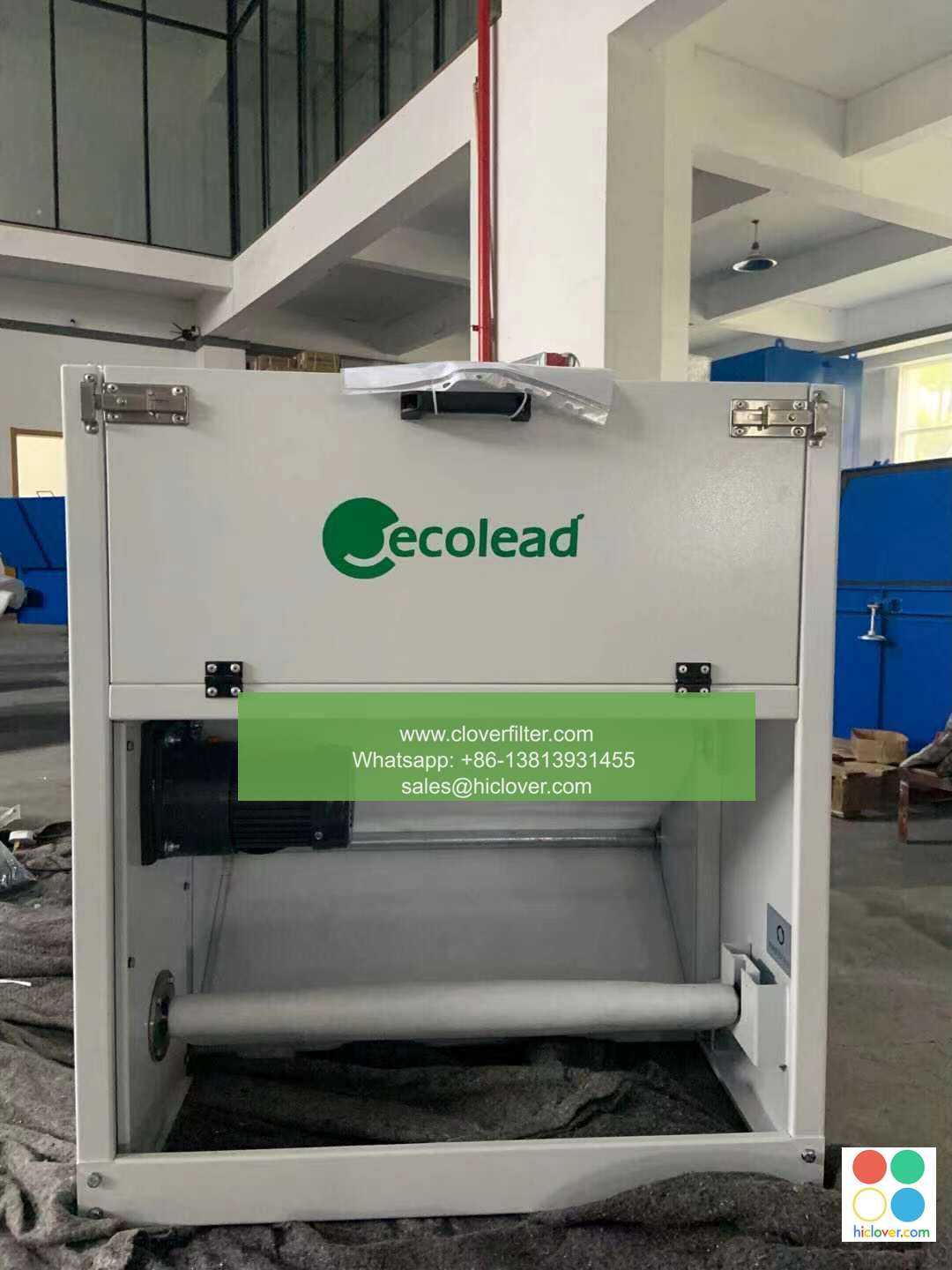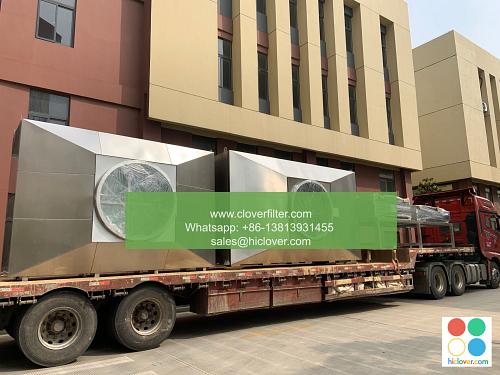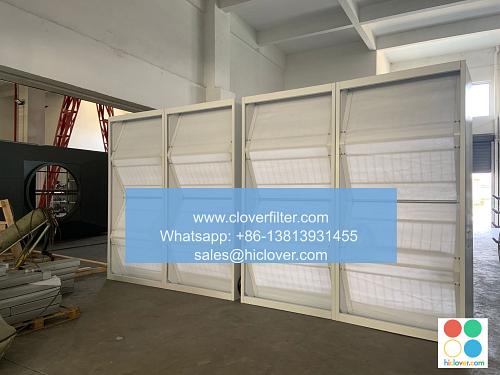Air Filter Design for Cleanrooms and Controlled Environments

Designing Air Filters for Cleanrooms and Controlled Environments: A Crucial Element in Maintaining Optimal Conditions
In today’s world, maintaining optimal conditions in cleanrooms and controlled environments is crucial for a wide range of industries, including biomedical research, pharmaceuticals, healthcare, and manufacturing. Air filtration systems play a vital role in achieving and maintaining these conditions, ensuring a clean and safe environment for people, equipment, and processes. In this article, we will explore the importance of air filter design for cleanrooms and controlled environments, highlighting various application areas and key considerations for effective design.
Types of Air Filters Used in Cleanrooms and Controlled Environments
- HEPA (High Efficiency Particulate Air) Filters: These filters are designed to capture 99.97% of particles as small as 0.3 microns, making them an essential component in cleanrooms and controlled environments.
- Ultra-Low Penetration Air (ULPA) Filters: These filters are designed to capture 99.9995% of particles as small as 0.12 microns, making them an ideal choice for applications where extremely high air quality is required, such as in pharmaceuticals and biological research.
- Activated Carbon Filters: These filters are designed to remove gases, odors, and volatile organic compounds (VOCs), often used in applications where air quality is a concern, such as in hospitals, chemical manufacturing, and laboratories.
Key Considerations for Air Filter Design
- Filter Media: The choice of filter media is critical, with options including fiberglass, synthetic fibers, and activated carbon. Each type of media has its own advantages and limitations, and selection should be based on the specific requirements of the application.
- Filter Configuration: The configuration of the filter is crucial, with options includingpleated, spun, and ebuilt filters. The choice of configuration will depend on the specific requirements of the application and the type of contaminants present.
- Filter Design: The design of the filter housing and frame is critical, with considerations including ease of installation, maintenance, and replacement. A well-designed filter housing and frame will ensure optimal performance and minimize the risk of contamination.
- Flow Rate and Pressure Drop: The flow rate and pressure drop of the filter are critical considerations, with high flow rates and low pressure drop ensuring optimal performance and minimizing operational costs.
- Certifications and Compliance: Compliance with industry standards and regulations is essential, with certifications such as ISO 14644 and EU GMP guiding the design and implementation of air filtration systems.
Application Areas for Air Filter Design in Cleanrooms and Controlled Environments
- Biological Research: Air filters play a critical role in maintaining a sterile environment for biological research, with requirements for high-efficiency filtration and minimal outgassing.
- Pharmaceuticals: Effective air filtration is essential in pharmaceutical manufacturing to prevent contamination and ensure compliance with regulations.
- Hospitals and Healthcare: High-quality air filtration is critical in hospitals and healthcare facilities to prevent the spread of diseases and minimize patient exposure to airborne contaminants.
- Manufacturing: Air filters are used in various manufacturing applications, including cleanrooms, pilot plants, and production facilities, to maintain a clean and controlled environment.
- Data Centers and Server Rooms: Air filters are used in data centers and server rooms to maintain a clean and cool environment, minimizing the risk of equipment failure and data loss.
Conclusion
In conclusion, the design of air filters for cleanrooms and controlled environments is a critical aspect of maintaining optimal conditions. By understanding the various types of air filters used, key considerations for filter design, and application areas for air filter design, facility managers and designers can ensure effective and efficient air filtration systems. With the considerations outlined in this article, it is hoped that designers and operators of cleanrooms and controlled environments can make informed decisions when selecting and implementing air filtration systems, ensuring a safe, clean, and efficient environment for people, equipment, and processes.
It looks like you’re ready to get started!
I’m here to help with any question, topic, or prompt you’d like to explore. What would you like to talk about or work on?


